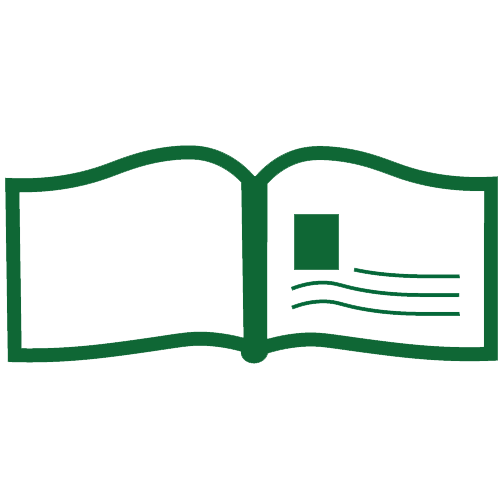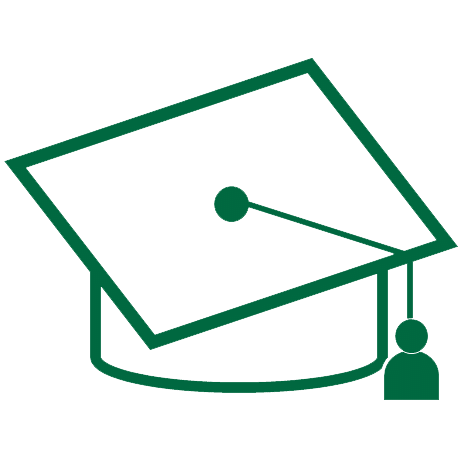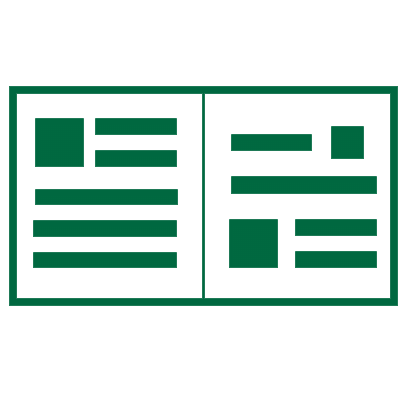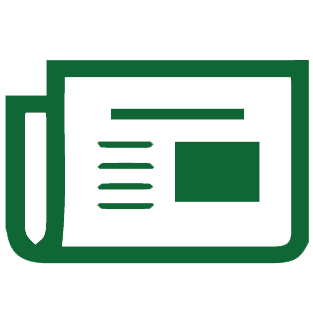Last Updated: March 3, 2025 | Provide Feedback
Introduction
Citations are an important tool for preventing plagiarism and building on the scholarly conversation. They have a standardized format so that the reader can locate the original source. Below are the citation formats for some of the most common source types in MLA and APA. For other source types and citation styles, visit the Library Subject Guide for Writing and Citing or book an appointment with the Writing Center.
Reading a Citation: APA 7th Edition
| Source Type | Citation Format | Example | Unique Features |
|---|---|---|---|
Book
| Last Name, F. M., & Last Name, F. M. (Year of publication). Title of work: Capital letter also for subtitle. Publisher Name. | Howard, K., Peters, J., & Sharp, J. (2002). The management of a student research project. Francis & Taylor. | Notice the publisher’s name is included. Book citations are the only source types that include that information. |
Book Chapter
| Last Name, F. M., & Last Name, F. M. (Year of publication). Title of chapter. In E. E. Editor & F. F. Editor (Eds.), Title of work: Capital letter also for subtitle (pp. pages of chapter). Publisher. | Murname, J. (2014). Learning along with your students: Projects from the graduate diploma of computer education. In A. Tatnall &B. Davey (Eds.), Reflections on the history of computers in education (pp. 48-70). Springer Berlin Heidelberg. | The word “in” indicates that this work is part of a larger one. Book chapter citations will often include editor names. Also, note the publisher’s name signals this source type is within a book. |
Journal Article
| Last Name, F. M., & Last Name, F. M. (Year). Title of article: Capital letter also for subtitle. Title of Journal, volume number (issue number), pages. DOI. | Briggs, R. (2019). The importance of university, students and students’ union partnerships in student-led projects: A case study. International Journal of Sustainability in Higher Education, 20(8), 1409–1427. https://doi.org/10.1108/IJSHE-01-2019-0050 | Journal article citations will almost always include a volume number and usually an issue number in parentheses. Also notice how many pages the example article includes—18 pages! Journal articles are almost always lengthier than magazine or newspaper articles. Finally, notice that the citation includes a DOI, digital object identifier, at the end. If the article does not have one, use the journal homepage instead. |
Magazine Article
| Last Name, F. M., & Last Name, F. M. (Year, Month). Title of article. Title of Magazine, volume number (issue number), pages or URL. | Bertino, A. (2019, Jun.). Club and intramural sports: Get alive. Freshman Focus, vol 6 (1), p. 35. | Magazine and scholarly journal article citations look very similar. One clue is that the date will include a month in a magazine article citation. Another clue is the title: magazine titles will often be short and memorable while scholarly journals will often be longer, more formal, and include the word journal in them. |
Newspaper Article
| Last Name, F. M., & Last Name, F. M. (Year, Month). Title of article. Title of Newspaper, pages or URL. | Brown, L. (2020, Dec.). 160 lights installed across campus as part of student government initiative. Fourth Estate, retrieved from https://gmufourthestate.com/2020/12/17/160-lights-installed-across-campus-as-part-of-student-government-initiative/. | It might be tricky to tell newspapers apart from magazines. Compare this example title to the one above and notice that the title reads like a statement while the magazine article title is more polished. Most people access newspapers online, which is why the “retrieved from” phrase is important in this citation. |
Webpage
| Last Name, F. M., & Last Name, F. M. (Year, Month, Date). Title of page. Website name. Retrieved Month Date, Year from (if no author) URL. | Clark, M. L. (2019, Feb., 21). “Enslaved children of George Mason” project explores school’s namesake. George Mason University. https://content.sitemasonry.gmu.edu/news/2019-02/enslaved-children-george-mason-project-explores-schools-namesake | Notice that a webpage citation looks very similar to newspapers. One notable difference is that webpage citations do not include the phrase “retrieved from.” |
Reading a Citation: MLA 9th Edition
| Source Type | Citation Format | Example | Unique Features |
|---|---|---|---|
Book
| Last Name, First Name & First Name Last Name. Title of Book. Publisher, Day Month Year. | Howard, Keith; John Peters & John A Sharp. The Management of a Student Research Project. Francis & Taylor, 2002. | Notice the publisher’s name is included. Book citations are the only source types that include that information. |
Book Chapter
| Last Name, First Name & First Name Last Name. "Title of Chapter." Title of Collection, edited by Editor's First Name Last Name(s), Publisher, Year, Page range of entry. | Murname, John. “Learning Along with your Students: Projects from the Graduate Diploma of Computer Education.” Reflections on the History of Computers in Education, edited by Arthur Tatnall & Bill Davey, Springer Berlin Heidelberg, 2014, pp. 48–70. | Book chapter citations will often include editor names. Also note the publisher’s name signals this source type is within a book. |
Journal Article
| Last Name, First Name & First Name Last Name. "Title of Article." Title of Journal, Volume, Issue, Year, pages. | Briggs, Robinson. “The Importance of University, Students and Students’ Union Partnerships in Student-Led Projects: A Case Study.” International Journal of Sustainability in Higher Education, vol. 20, no. 8, 2019, pp. 1409–27. | Journal article citations will almost always include a volume number and usually an issue number. Also notice how many pages the example article includes—18 pages! Journal articles are almost always lengthier than magazine or newspaper articles. |
Magazine Article
| Last Name, First Name & First Name Last Name. "Title of Article." Title of Magazine, Day Month Year, pages or URL. | Bertino, Anna. “Club and Intramural Sports: Get Active.” Freshman Focus, 16 June, 2019, p. 35. | Magazine and scholarly journal article citations look very similar. One clue is that the date will include a month in a magazine article citation. Another clue is the title: magazine titles will often be short and memorable while scholarly journals will often be longer, more formal, and include the word journal in them. |
Newspaper Article
| Last Name, First Name & First Name Last Name. "Title of Article." Title of Newspaper, Day Month Year, pages or URL. | Brown, Lianna. “160 Lights Installed Across Campus as Part of Student Government Initiative.” Fourth Estate, 17 Dec. 2020, https://gmufourthestate.com/2020/12/17/160-lights-installed-across-campus-as-part-of-student-government-initiative/. | It might be tricky to tell newspapers apart from magazines. Compare this example title to the one above and notice that the title reads like a statement while the magazine article title is more polished. Most people access newspapers online, which is why the URL is important in this citation. |
Webpage
| Last Name, First Name & First Name Last Name. “Title of Webpage.” Title of Website, Day Month Year, URL. Date Accessed (if publication date unavailable). | Clark, Mary Lee. “’Enslaved Children of George Mason’ Project Explores School’s Namesake”. George Mason University, 21 Feb. 2019, https://content.sitemasonry.gmu.edu/news/2019-02/enslaved-children-george-mason-project-explores-schools-namesake | Notice that a webpage citation looks very similar to newspapers. One notable difference is that webpage citations may not have a publication date, but the access date may have been recent. |
Additional Resources
Below are some additional citation resources:
- OWL Purdue APA Citation Guide
- Owl Purdue MLA Citation Guide
- Writing Center Quick Guides
- Writing Center Helpful Links
Get Help
If you have questions or need more help try Ask a Librarian or explore the subject guide for your discipline. Use the button below to download accessible, printable PDFs of this tutorial.
![]() Interpreting Citations by The Teaching & Learning Team is licensed under a Creative Commons Attribution 4.0 International License.
Interpreting Citations by The Teaching & Learning Team is licensed under a Creative Commons Attribution 4.0 International License.







